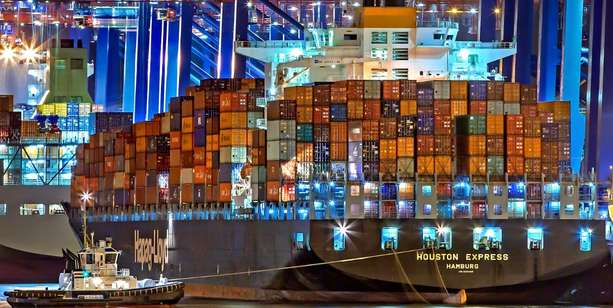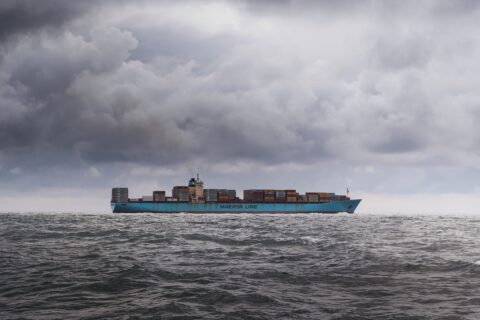
As was previously said, a port is a location within a harbor where a ship can dock in order to handle commercial cargo, passengers, or ship-related needs.
Ports are very important for moving different kinds of goods, and certain ports are categorized according to the cargo that they handle.
A port is also a location where land and water converge, so trains and trucks enter the port to convey cargo (for exportation onto a ship) or to pick up freight (from imports off a ship).
While certain ports may only handle certain types of cargo, the great majority of ports operate with a variety of cargoes at the same time. Terminals are the designated places that handle various types of goods.
The majority of ports today have Container Terminals specifically designed for processing containers.
When a ship can’t berth in a port for cargo or other activities, it must wait outside at anchoring until a berth becomes available. This condition is known as port congestion.
Many ports across the world struggle with port congestion, which can happen for a variety of causes, including-
- Port or terminal is overbooked
- Delays brought on by inclement weather cause vessels to line up outside
- Strikes
- War
- Pandemics like the COVID-19
- Lack of port handling equipment
- Slow productivity
- Lack of yard space
- Restricted port access
- Location of port
- Vessel bunching
- Hinterland connections
- Trade wars
Container terminals all across the world frequently experience port congestion, which many people attribute to the rise in container ships, which has increased by 1452.68% over the previous 50 years.
Economy of scale was cited as one advantage of ULCVs (Ultra Large Container Vessels).
Terminals were under pressure to deploy more gantry cranes and labor to finish the loading and unloading processes more quickly in order to achieve these economies of scale and prevent a lengthy port stay.
Consequences
Other factors contribute to port congestion in some ports, such as Manila, such as an excess of empty containers taking up valuable portyard space.
Due to the Philippines’ trade deficit, empty containers were amassing in the ports and terminals in Manila because there wasn’t enough export cargo leaving the country.
Reduced tonnage capacity on some trades due to port congestion may force shipping lines to declare blank sailings. Due to port congestion, shipping lines or ship operators cannot afford to leave the ships waiting at anchoring for extended periods of time.
A ship and its containers only make money when they are active and moving, and ship charters can cost a ship operator thousands of dollars every day. They would want to avoid a crowded harbor.
One effect of port congestion is cargo rollover since certain lines may decide to “cut and go” (decide to end the operation of a ship owing to delays) in order to maintain schedule integrity and because the ships cannot remain any longer at a fruitless port.
Additionally, poor forecasting between Carriers and BCOs may result in cargo rollover.
Port Congestion and its causes
ProConnect Integrated Logistics – Your Warehousing & Freight Forwarding Partner
A third-party logistics firm can help shippers mitigate a variety of risks throughout the supply chain by outsourcing certain logistics functions. By partnering with a 3PL, a shipper can free up time to concentrate on his or her core competencies without suffering from the ever-shifting logistics landscape.
If you are looking for a partner to take care of all your logistics hassles, talk to us.





 APP DOWNLOAD
APP DOWNLOAD